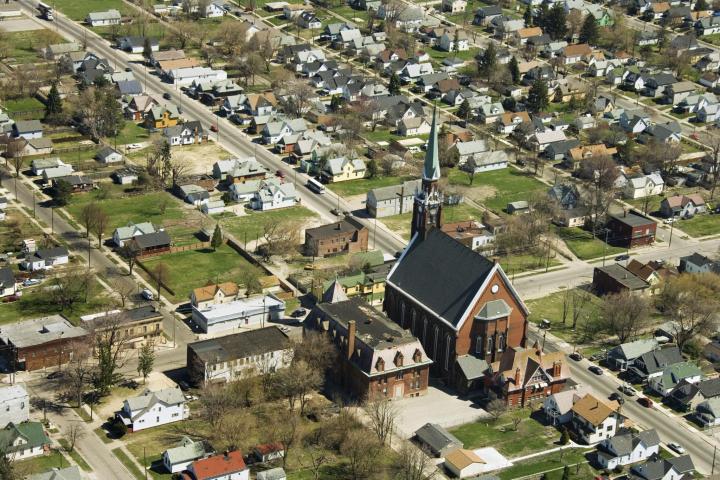
Hancock County Iowa (Latitude 42°56’21” N Longitude 93°52’24” W), July, 2017.
Ever wonder about all of those right angles?
ADVERTISEMENT
This is fascinating to me about the midwest. Helps to understand a little about the value systems of people from this region of the US. I have some relatives from IL and IA. I don't know them very well, but what I did notice about them is their ideas about fairness --fair and square. Not complicated.
I love this article! I'm from Iowa and never knew any of this. It's true for most of us that we always know directionally where we are.
I loved this. Living in Illinois, in squareville, on a paisley farm bordered by a creek, I'm the oddball and I love it
Would love to know who wrote this -- all the references to Ohio from Wyandot county to Tiffin to Hardin county . . . I'm from west-central (Auglaize county), but spent 20+ years in those areas . . .
Spell checker got you! You refer to your house as a "structure that nay bank would be glad to make a loan on" where surely you meant ANY bank. Totally changes the meaning of the phrase!

 Photo credit: Thinkstock
Photo credit: Thinkstock







